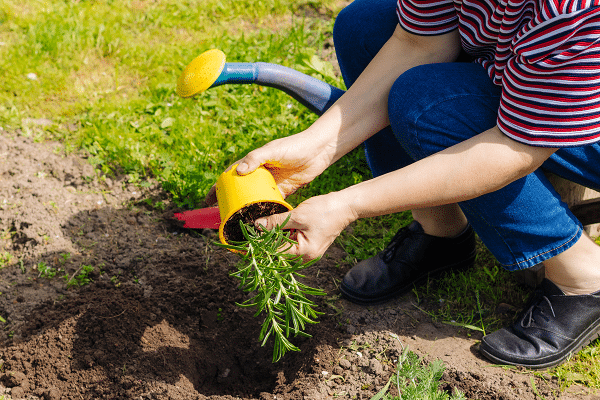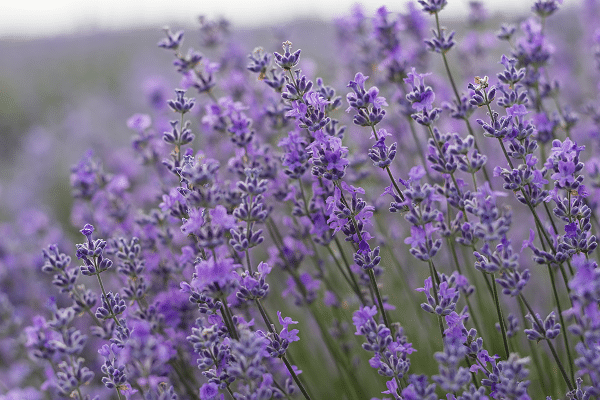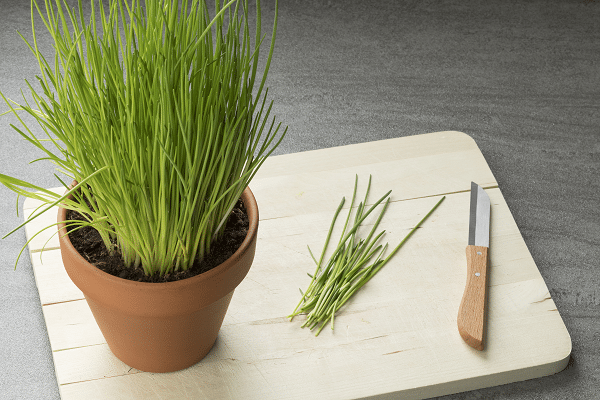The joy and benefits of growing herbs in a garden are manifold. It not only enriches the taste of culinary delights but also offers an array of medicinal advantages. The calming process of tending to plants, coupled with the fragrant aroma wafting from fresh herbs, adds another layer of gratification to this rewarding hobby. This blog post aims to explore several herbs, shedding light on their unique benefits and offering practical tips on cultivation. Each section will focus on a specific herb, providing insights into its uses, growing conditions, and the ways it can enhance a home garden experience.
Basil
Known for its role in numerous cuisines worldwide, especially Italian and Thai, basil brings a potent and distinct flavor to the table. Its vibrant green leaves have a sweet, slightly peppery taste that can enhance pasta sauces, salads, and even desserts. Additionally, basil is packed with essential nutrients, including vitamins K, A, and C, making it an excellent addition to a healthy diet.
Cultivating basil in a home garden is straightforward, as it thrives in well-drained soil and a sunny environment. Regular pruning encourages the growth of lush leaves, and removing flower buds as they appear maintains the plant’s robust flavor. One intriguing aspect of growing basil is that it can be grown year-round indoors. Therefore, a windowsill pot can offer an endless supply of this essential herb, ready to be picked fresh for any culinary endeavor.
Mint
Mint, with its refreshing aroma and flavor, is a must-have in any herb garden. There are several varieties, like peppermint and spearmint, each with its unique characteristics and uses. This versatile herb is integral to numerous dishes and beverages, from refreshing summer drinks to flavorful sauces and desserts. It also boasts numerous health benefits, such as aiding digestion and alleviating headaches, owing to its high menthol content.
Growing mint at home can be both rewarding and challenging due to its invasive nature. This hardy perennial grows best in a moist but well-drained soil under partial shade. It’s often advisable to plant mint in containers or confined spaces to control its spread. Given its vigorous growth, frequent harvesting of mint leaves is recommended. This process not only provides a steady supply of fresh mint for the kitchen but also promotes denser growth of the plant.
Rosemary
One can easily recognize rosemary by its distinctive woody fragrance and needle-like leaves. Commonly employed in Mediterranean cuisines, it pairs beautifully with dishes like roasted lamb, garlic bread, and various types of sauces. Aside from its culinary uses, rosemary’s aroma is often used in aromatherapy to reduce stress, increase concentration, and uplift mood.
Cultivating rosemary requires a well-drained soil and plenty of sunlight. This herb is a hardy perennial and can withstand colder temperatures, making it a wonderful choice for regions with harsh winters. However, overwatering can lead to root rot, so a conservative watering schedule is advisable. With proper care and attention, rosemary can grow into a beautiful shrub, gracing a garden with its fragrant presence all year round.
Thyme
Thyme is a versatile herb, both in its culinary applications and medicinal properties. Its tiny leaves pack a punch of flavor, making it a favorite in numerous dishes, from roasted meats to flavorful stews. Additionally, thyme is known for its antiseptic properties, and its essential oil is often used in natural remedies for coughs and sore throats.
Growing thyme in a garden can be a delightful experience. It thrives in a sunny environment and requires well-drained soil. Its drought-resistant nature makes it an easy-to-maintain plant that doesn’t require frequent watering. Moreover, thyme, with its attractive, tiny flowers, not only enhances the flavor profile of meals but also adds a touch of aesthetic appeal to any garden.
Parsley
Renowned for its role as a garnish, parsley adds a fresh, vibrant touch to dishes, but its use goes beyond mere decoration. It is a powerhouse of nutrients, particularly rich in vitamins A, C, and K, and a good source of iron. Additionally, parsley plays a crucial role in various dishes, including soups, stews, and salads, adding a burst of fresh flavor that elevates the overall taste.
Parsley, with its preference for cooler temperatures, can be grown in both sunny and partially shaded locations. It requires moist, rich soil for optimal growth. Regular harvesting of the outer leaves not only stimulates new growth but also provides a constant supply of fresh parsley for the kitchen. It’s a wonderful herb that deserves more than being an afterthought garnish; it warrants a dedicated spot in any home garden.
Lavender
Lavender, recognized for its stunning purple flowers and soothing fragrance, serves multiple purposes, from beautifying gardens to infusing a calming scent in homes. Not only is it used in aromatherapy for relaxation, but it also adds a floral, slightly sweet flavor to dishes and beverages. Many love lavender for its essential oil, which offers numerous health benefits such as improving sleep quality, reducing anxiety, and even alleviating skin irritations.
To thrive, lavender prefers lots of sunlight and well-drained soil. Although it’s drought-tolerant once established, the plant requires regular watering during the growing season. It’s advisable to avoid over-fertilization, as this can lead to excessive foliage growth at the expense of flowering. A well-cared-for lavender plant not only adds visual appeal to a garden but also provides a continuous supply of fragrant blooms and leaves for various uses.
Chives
Chives, with their subtle onion flavor, make an excellent addition to various dishes, from salads and soups to baked potatoes. These perennial plants are not only useful in the kitchen but also serve as ornamental plants, boasting beautiful, purple flowers. Moreover, chives are known for their health benefits, containing vitamins A and C, and several important minerals.
Growing chives at home is relatively straightforward. They prefer full sun but can tolerate partial shade, and they require well-drained soil to grow. Chives need regular watering, but it’s crucial to avoid waterlogged conditions, as this can lead to rot. By trimming the plants regularly, new growth is stimulated, ensuring a steady supply of fresh chives for culinary use.
Conclusion
This exploration of the different herbs one could grow at home has offered insights into the benefits each herb can bring to both culinary delights and overall well-being. Cultivating these herbs provides an opportunity to engage with nature in a rewarding, practical, and sensory-rich manner. It’s hoped that this guide encourages a step towards creating a vibrant, fragrant garden, full of beneficial herbs that can elevate meals and health. Whether it’s the robust flavor of basil, the refreshing scent of mint, or the calming presence of lavender, each herb has its unique contribution to the home garden experience.






